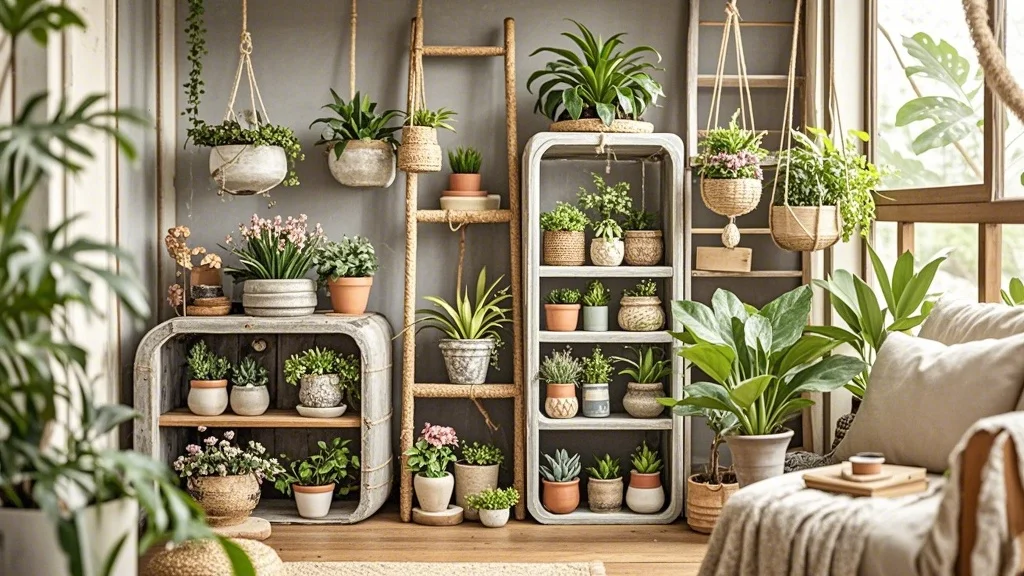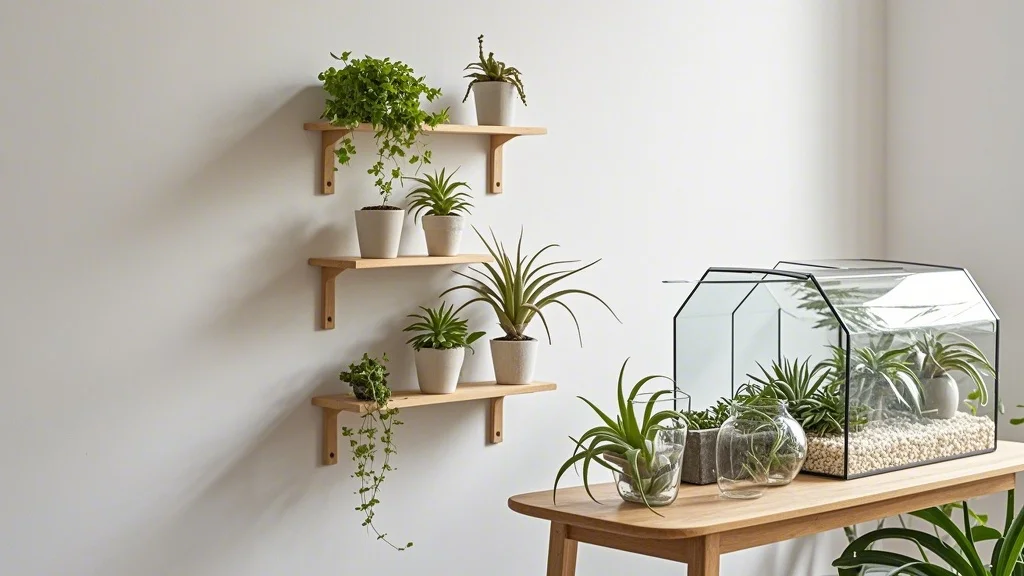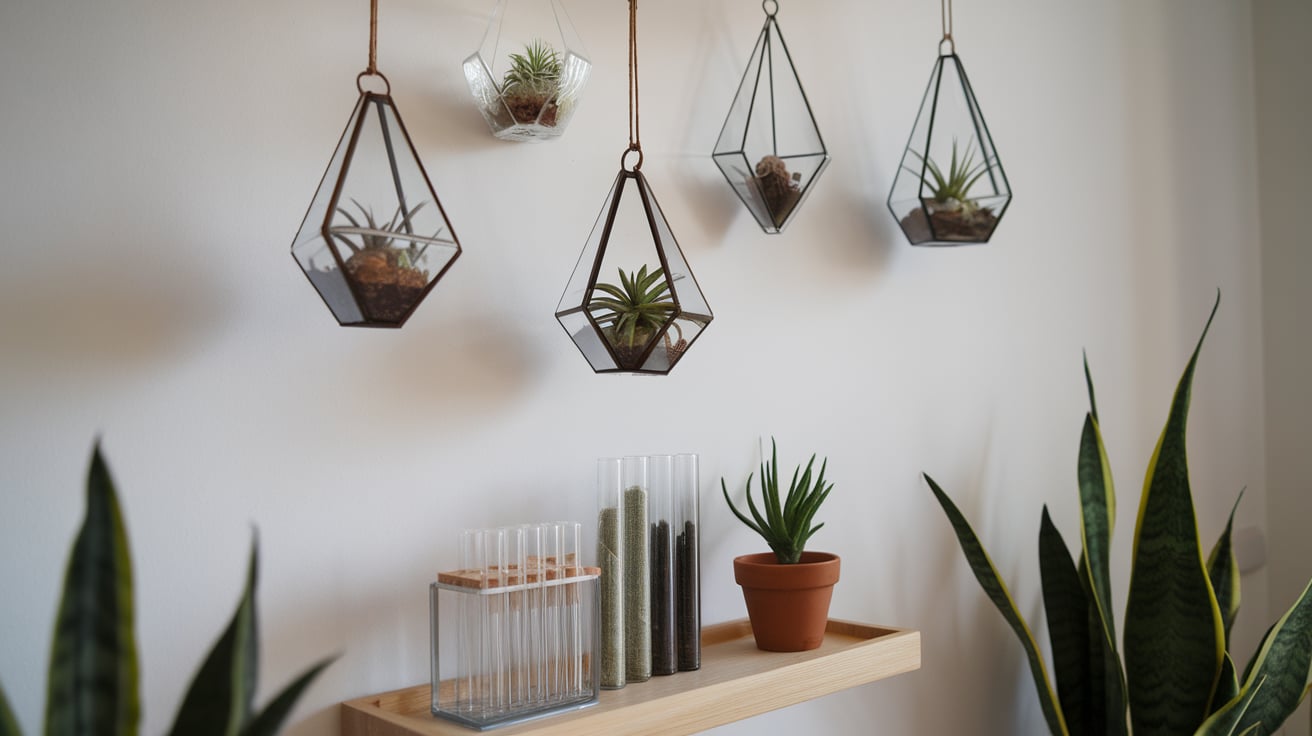For urban apartment dwellers and tropical plant enthusiasts, maintaining proper humidity levels can be a challenge. Many indoor plants thrive in higher humidity environments, but increasing moisture in a rental space requires careful consideration to avoid damage. This guide explores safe and effective methods to boost humidity in apartments without risking your security deposit or harming surfaces.
Contents
- 1 Understanding Humidity Needs
- 2 Safe Humidity Methods for Apartments
- 3 Avoiding Damage in Rental Apartments
- 4 Rental-Safe Humidity Boosting Tips
- 5 Conclusion
Understanding Humidity Needs
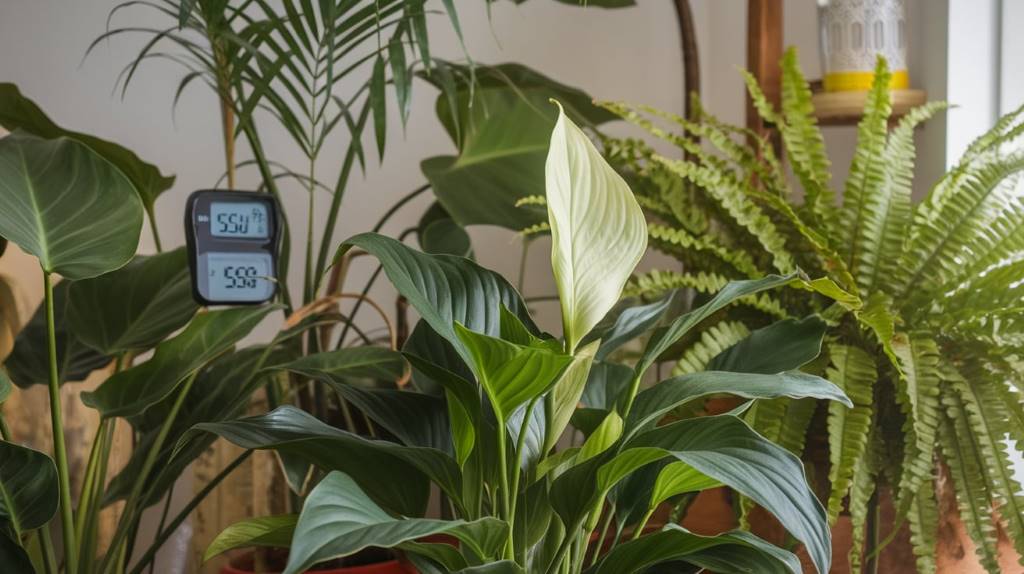
Before implementing humidity solutions, it’s essential to understand the ideal moisture levels for your space and plants:
- Most houseplants prefer humidity levels between 40-60%
- Tropical plants may require higher levels, up to 70-80%
- Human comfort typically ranges from 30-50% humidity
Investing in a hygrometer can help you monitor and maintain optimal humidity levels in your apartment.
Safe Humidity Methods for Apartments
1. Grouping Plants
One of the simplest ways to increase localized humidity is by grouping plants together:
- Create plant clusters to form micro-climates
- Moisture released through transpiration benefits neighboring plants
- Use trays with pebbles and water beneath plant groups for added humidity
2. Pebble Trays
Pebble trays are an effective, low-cost solution for increasing humidity:
- Fill a shallow tray with pebbles
- Add water just below the top of the pebbles
- Place plants on top, ensuring pots don’t sit directly in water
- As water evaporates, it increases humidity around the plants
3. Indoor Fountains or Water Features
Small indoor fountains can add both aesthetic appeal and humidity:
- Choose compact, apartment-friendly designs
- Ensure proper maintenance to prevent mold growth
- Place near plant groups for maximum benefit
4. Humidity Trays
Similar to pebble trays, humidity trays are specifically designed for plants:
- Often come with built-in grids to elevate pots
- Available in various sizes to accommodate different plant arrangements
- Easy to clean and maintain
5. Misting
While not a long-term solution, misting can provide temporary humidity boosts:
- Use a fine-mist spray bottle
- Mist plants in the morning to allow time for evaporation
- Avoid misting plants with fuzzy leaves or those prone to fungal issues
6. Terrariums
For small tropical plants, terrariums create self-contained humid environments:
- Choose closed or partially closed designs for higher humidity
- Select plants with similar care requirements
- Monitor closely to prevent excess moisture buildup
7. Bathroom Oasis
Utilize naturally humid spaces in your apartment:
- Place moisture-loving plants in the bathroom
- Ensure adequate light for plant health
- Take advantage of shower steam for periodic humidity boosts
8. Humidifiers
For a more controlled approach, consider using a humidifier:
Ultrasonic Humidifiers
- Produce a fine mist using high-frequency vibrations
- Generally quiet and energy-efficient
- Available in various sizes for different room needs
Evaporative Humidifiers
- Use a fan to blow air through a moistened wick or filter
- Natural evaporation process prevents over-humidification
- Often more affordable than ultrasonic models
Smart Humidifiers
- Feature built-in hygrometers for precise humidity control
- Can be programmed to maintain specific moisture levels
- Some models offer app control for easy monitoring
When using humidifiers in apartments:
- Place on a water-resistant surface or tray
- Keep away from walls and wooden furniture
- Clean regularly to prevent mold and bacteria growth
- Use distilled water to minimize mineral deposits
9. DIY Humidity Tray
Create a custom humidity tray for larger plant arrangements:
- Use a large, shallow plastic container
- Add a layer of pebbles or aquarium gravel
- Fill with water just below the top of the pebbles
- Place plants on top, using saucers if needed
10. Humidity-Boosting Plant Selection
Incorporate plants known for increasing humidity through transpiration:
- Peace Lily (Spathiphyllum)
- Boston Fern (Nephrolepis exaltata)
- English Ivy (Hedera helix)
- Spider Plant (Chlorophytum comosum)
- Areca Palm (Dypsis lutescens)
Avoiding Damage in Rental Apartments
While increasing humidity is beneficial for plants, it’s crucial to prevent damage to your living space:
Monitor Walls and Surfaces
- Regularly check walls, especially near humidifiers or plant groupings
- Look for signs of condensation or water stains
- Use a moisture meter to detect excess moisture in walls or surfaces
Proper Ventilation
- Ensure good air circulation to prevent mold growth
- Use fans to distribute humidity evenly
- Open windows periodically to exchange air, weather permitting
Waterproof Barriers
- Use waterproof mats or trays under all plant arrangements
- Apply clear silicone sealant to vulnerable areas like windowsills
- Consider using humidity-resistant paint in plant-heavy areas
Temperature Control
- Maintain consistent temperatures to prevent condensation
- Avoid dramatic temperature fluctuations, which can lead to moisture issues
- Use a dehumidifier in conjunction with humidifiers if needed
Rental-Safe Humidity Boosting Tips
- Communicate with Your Landlord: Discuss your plant care needs and get approval for safe humidity methods.
- Document Pre-Existing Conditions: Take photos of your apartment before implementing humidity solutions to protect your security deposit.
- Opt for Portable Solutions: Choose methods that can be easily removed or adjusted, like small humidifiers or pebble trays.
- Regular Maintenance: Clean and inspect humidity-increasing devices regularly to prevent mold or water damage.
- Balance Humidity Levels: Aim for moderate humidity levels (40-60%) to benefit plants without risking structural damage.
- Use Moisture Absorbers: Place moisture-absorbing products in areas prone to excess humidity to maintain balance.
- Invest in a Hygrometer: Monitor humidity levels consistently to avoid over-humidification.
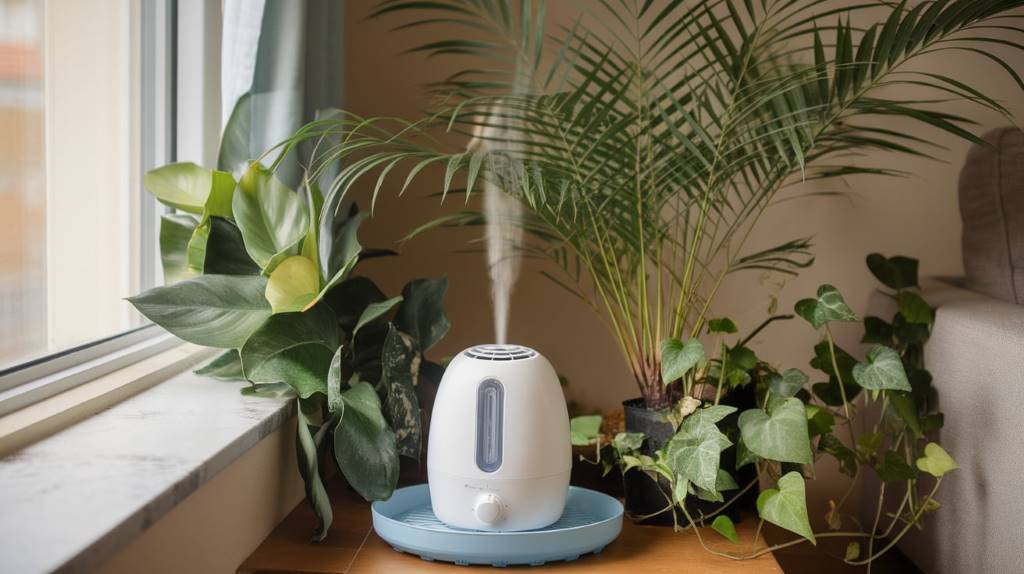
Conclusion
Creating a humid environment for your plants in an apartment setting requires a balance between plant care and property preservation. By implementing these safe and effective methods, you can provide your indoor garden with the moisture it needs while protecting your living space from damage. Remember to monitor humidity levels regularly, maintain proper ventilation, and address any signs of excess moisture promptly. With these strategies, you can cultivate a thriving urban jungle without compromising your rental agreement or risking structural harm to your apartment.

